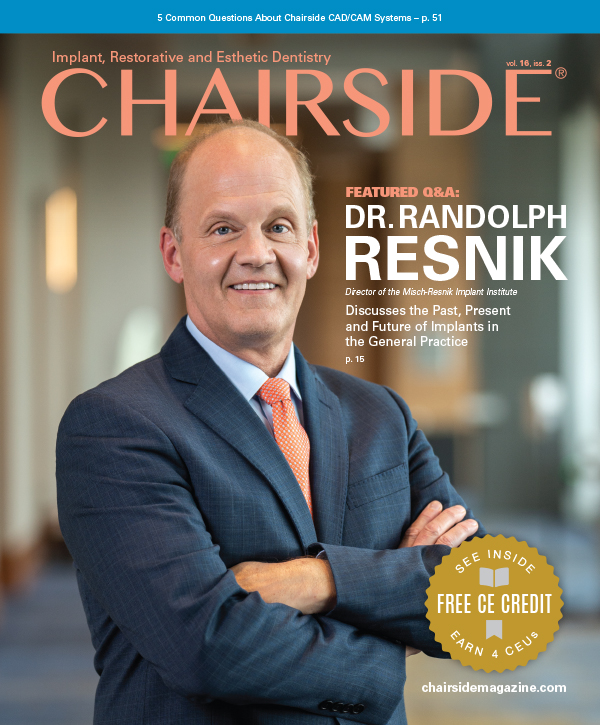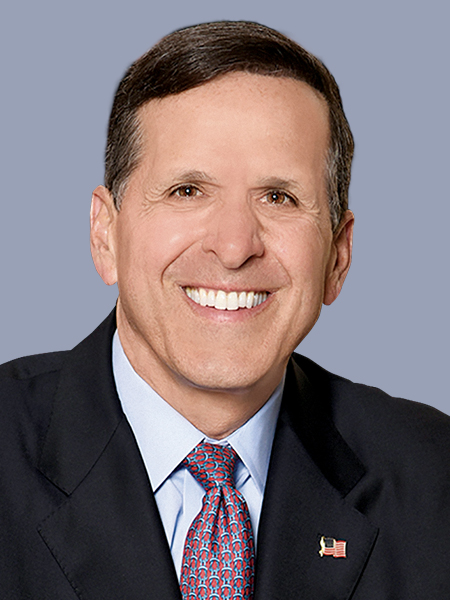Building a Top 10% Team

Team building is one of the most complex components of a successful dental practice. In Levin Group’s ongoing 30-year study of practices that rank in the top 10% based on performance, we’ve found that one of the reasons for their success is that they tend to have higher team longevity. In fact, the average team member in a top 10% performing practice remains with the practice five to seven years longer than in most other practices. This isn’t the only reason why these practices move into the top 10%, but it’s a very important component.
TEAM BUILDING STARTS WITH LEADERSHIP
Successful practice leaders are effective at team building because they’ve put more effort into developing their leadership skill set. These doctors recognize that without effective leadership, team building will fail, and the practice vision, mission and culture will never fully develop. Your practice’s vision, mission and culture are essential to helping keep your team on the path toward success. Consider the following in your team-building efforts:
- Vision: Vision is an understanding of where you want the practice to be in the future. Five years is an excellent timeframe to consider what you want the practice to be like, look like and feel like. Good leaders share this vision with the entire team and ask everyone to work toward achieving it through strategic planning, goals and deadlines. When the entire team rallies around the vision, it gives them a feeling of “ownership” in the future of the practice. The right vision will not only energize the team but also motivate people to stay with the practice and work toward achieving the vision in cooperation with coworkers.
- Mission: Mission can be defined in many ways, but in its simplest and most powerful form it is the highest-level purpose of the practice. Why do people come to work every day? If the mission is not established and team input is not part of the process, then people will create their own reasons for coming to work. These reasons can include money, four-day workweeks, or the practice’s proximity to their home. While all of these are important to individual team members, if the practice establishes an overarching mission that everyone can believe in, the practice environment will become more positive, energized and motivated. This is the type of environment that creates long-term team members who have a desire to work toward the mission.
Leadership Traits
- Integrity
- Positivity
- Optimism
- Enthusiasm
- Open communication
- Dedication
- Transparency
- Commitment to excellence
- Gratitude
- Commitment to continual improvement and ongoing education
- Appreciation and recognition of others
- Mentorship

According to Levin Group, if a practice establishes an overarching mission that team members can believe in, the practice environment will become more positive, energized and motivated.
- Culture: We recommend that practices regularly communicate their vision and mission to the team. After doing this for six months, a new culture will emerge in which the team feels they have a higher purpose and will work toward achieving the vision and mission. This will translate into better attitudes, more cooperative teamwork and a more fun working environment. When people feel they are achieving something bigger than themselves, they quickly rally around that concept and become excited and motivated.
- Behavior: The behavior of the leader is another critical aspect of leadership. Leaders cannot set out policies, protocols and directives, and then violate them. Great leaders live the practice’s culture, too. For example, we know of one doctor who has a strong belief in helping underprivileged children. He has built a highly profitable and productive practice that serves children in need with the help of state- and federally funded support. This doctor’s practice has an excellent marketing campaign that gets the word out to children and families in need of dental care in a clean, safe and high-tech environment. His team is highly motivated by the realization that they are making a difference in the lives of underprivileged children, and as a result, the office environment is positive, upbeat and energized.
Sample Team-Building Events
- Dinners
- Theater
- Sporting events
- Pizza-and-beer night
- Surprise bonus or day off
- Movie tickets
- Raffles
- Contests
- Charitable events in the community
- Lunch-and-learns in the office

Establishing a positive, fun work environment will go a long way toward maintaining a long-term team for your practice.
LEADERSHIP TRAITS
Each leader should establish a set of four to six leadership traits they want to embody and communicate to others. These can include positivity, integrity, transparency, dedication and mentorship. One consistent leadership trait that we have noticed among top 10% performing practices is that the leaders are caring while being straightforward at the same time. They tend to deal with any issues or conflicts immediately, explaining that they have a low tolerance for team members who don’t live up to expected behaviors. We suspect that early on many of these practices had the same turnover rate as other practices. However, by eliminating team members who couldn’t or wouldn’t become part of the practice vision, mission and culture, they built a team of people who truly want to stay with the practice.
Strategies to Enhance Team Communication
- Morning meetings
- Staff meetings
- Positive performance reviews
- One-on-one sit-down meetings for conversation
CREATING A POSITIVE, FUN ENVIRONMENT
As busy as many top 10% performing practices are, they still make time for activities and fun. Many of them have regular activities throughout the year, and some have a major event such as an upscale dinner. A few practices even offer cruises to their team as an earned bonus that is tied to a specific level of practice performance.
Having a fun environment starts with the leaders. If they display positive behaviors and attitudes every day, the team will quickly internalize and mirror them. Unfortunately, some people cannot or will not shift to a more positive mindset, and each practice will have to decide whether these individuals can fit into the defined culture. Either way, positive leadership behaviors reinforce the practice culture and contribute to ongoing success. Team members have a strong desire for the right type of leader, and they tend to become very excited about upcoming events and activities that provide opportunities to have fun and celebrate the practice’s culture and success.
SUMMARY
Top 10% practices have excellent team building, which starts with leadership. By defining the practice’s vision, mission and culture, team members have a higher level of commitment and longevity. Establishing this culture — while providing opportunities to have fun — will go a long way toward maintaining a long-term team.



